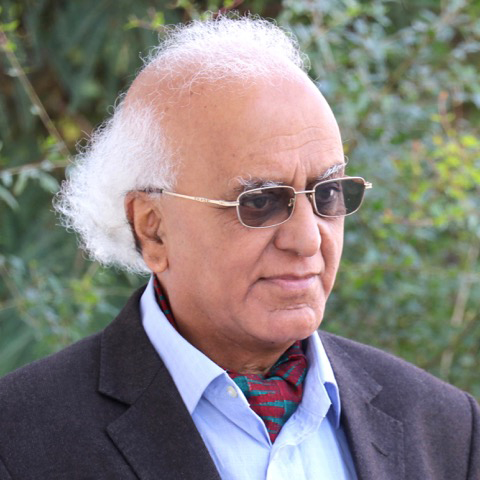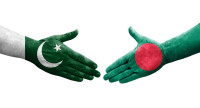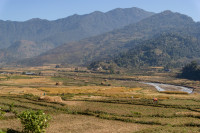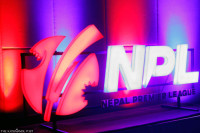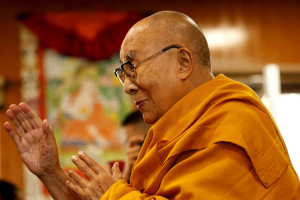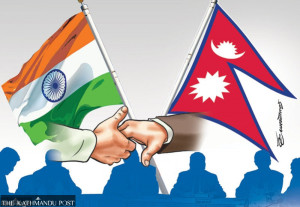Columns
Modernist art and Uttam Nepali
Nepali artists were exposed to modern techniques way back in the 1920s in Calcutta.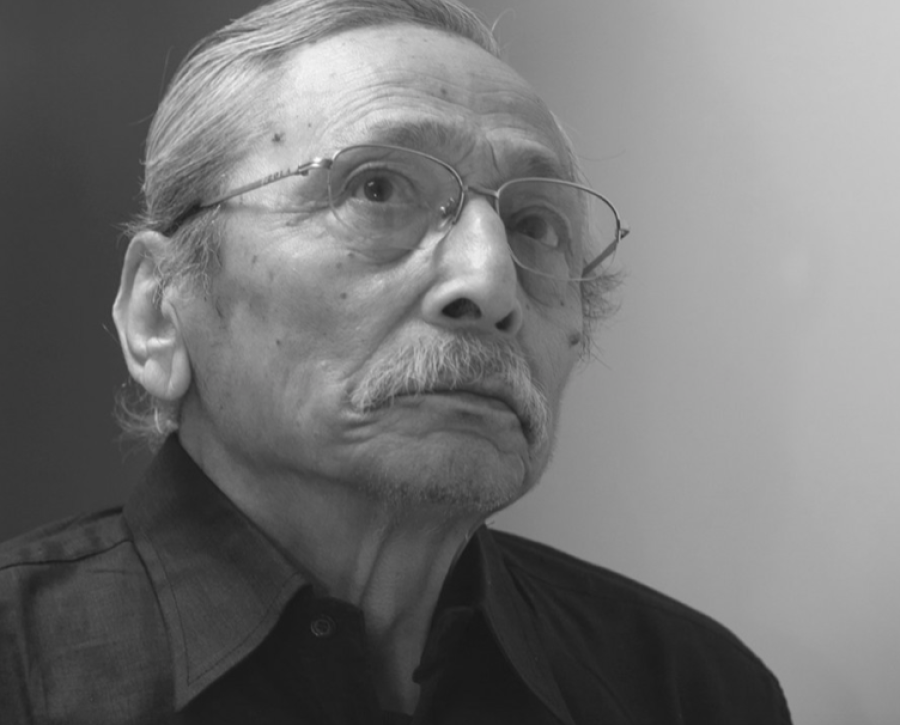
Abhi Subedi
The demise of the senior painter Uttam Nepali (1937-2021) triggered some discussions about modernism in Nepali art. But this came in the form of news reporting and interpretations, which is an encouraging surge of interest in modern arts in Nepal. I was very impressed by the quality of questions that the young reporters asked me, especially about the origin of modernism in art and literature at the same time. Nepali's death also triggered some discussions among the artists and academics who are proposing to organise an online discussion about modernism in Nepali paintings, and Uttam Nepali's role in that. I have suggested to them to call it a "modernist" movement in Nepali painting. Though I cannot discuss the reasons for that alternative in detail here, I can at least allude to the need for such a mode of discussion.
Modernism is not only discussed seriously, but is also bandied about by art and literary critics in Nepal. The theorists of modernism being unable to explain it with a sense of finality call it an "unfinished project", which has become a favourite expression among both admirers and detractors of this concept everywhere. In Nepal, modernism is the most extensively used term among both literary and art critics. A confession is in order. In my entire oeuvre of Nepali literary and art criticism published over several decades, I have not been able to categorically and definitively explain the traits of modernism. That is partly because of the nature of modernism, and partly because of the fast and uncertain shifts in the priorities of modern Nepali society.
The Nepali public sphere is very politically oriented. As shown by the elections and spread of organisations, the influence of communists is pervasive in Nepal. Modernism is not a favourite subject of discussion among communists. There is no space to discuss the reasons for that. But the heuristic value of the term "modernism" is very high for us in order to discuss such topics as art, literature and architecture in Nepal.
Modernist style
Art, especially paintings and poetry, are credited to have made modernism a subject of discussion in Nepal. In the following section, I will only focus on the modernism introduced by art and artists. And finally, discuss the features of Uttam Nepali's modernist style in art.
King Mahendra (1920-72) who took power after dissolving the first elected Parliament and jailing the charismatic first elected prime minister of the people Bishweshwar Prasad Koirala (1914-82) in 1960 had some ideas about making Nepal a modern state. But his advisors and the elites who were around him did not have any clear ideas about the shape of such modernism. Mahendra knew, however, that Nepal, which was a semi-feudal state, couldn't be modernised without implementing land reform and changing the patterns of land holdings. He also appeared to have believed that the land reform programme was part of the modern imagination. That is a different subject. But Mahendra curiously saw the paintings of Lain Bangdel (1919-2002), and the music of Ambar Gurung (1938-2016), and some literary works of writers as the forms of modernism. He encouraged Bangdel and Gurung to work in Nepal. King Mahendra convinced Bangdel who lived abroad, in London at that time, to come to Nepal. Bangdel in full coordination with the king's people came to Nepal and made the first exhibition of his paintings at Saraswati Sadan of Tri-Chandra College in 1962. They were modernist abstract paintings. The king inaugurated the exhibition and encouraged Bangdel to stay on and take responsibilities at the academy.
Modernism as a form in art can be said to have begun with that exhibition. That was a turning moment in the field of modernist art creation and exhibition in Nepal. Nepali artists were exposed to modern techniques way back in the 1920s in Calcutta when Chandra Man Singh Maskey (1900-84) and Tej Bahadur Chitrakar (1898-1971) were sent for training in modern art by Chandra Shamsher Rana (1863-1929) in 1918. The period was very interesting. A debate between Orientalist and Western schools was going strong at the art school in Calcutta. My theory, which I have written in a lengthy article published in a magazine of art (Sirjana, No 7, 2021), is that modernism in Nepali art began when these two artists returned and started working. But Bangdel, who introduced later fully modernist paintings, was followed by Uttam Nepali who came not long after that after completing his education in Lucknow, and made exhibitions of his abstract paintings at this and other places.
By opening the exhibitions of modern painters and encouraging modern musicians, Mahendra clearly showed his interest in modernism. But the king's interest in modernist paintings could also be interpreted as part of his policy of ostensibly showing the modern consciousness in arts and literature, and giving continuity to his dictatorial non-partisan rule known as Panchayat that ended after the people's uprising in 1990.
Anarchist thoughts
But what is the spirit of modernism that we see in paintings then? My view is that the modernist painters and poets found their mediums useful to express their free and sometimes little anarchist thoughts and feelings. Remarkably, Uttam Nepali, being both a poet and painter, used his modernist paintings to create a cohort of painters and poets. That was a cohort of modernist sensibilities and consciousness represented by both poets and painters. Poets whose poems were selected by the artist Uttam Nepali for the paintings exhibited at the Nepal Academy of Fine Arts in September 1975 are all considered modernists by Nepali critics.
The poets selected by Uttam Nepali belong to this category of poets that include modernist poets like Iswor Ballabh (1937-2008), Tulasi Diwasa, Bairagi Kanhila, Madan Regmi, Banira Giri (1946-2021), Basu Shashi (1936-92), Mohan Koirala (1926-2007), Krishna Bhakta Shrestha, Dwarika Shrestha, Kali Prasad Rijal, Upendra Shrestha (1936-2010), Mohan Himanshu Thapa and Bhupi Sherchan (1937-90) and others. The 32 paintings mark a mood of experimentation in form, and the free use of motifs for both paintings and poetry. Poets to avoid direct censorship chose to write in modernist forms and styles. These 32 abstract paintings represent even today the essence of the mood and message of modernism in Nepali paintings and poetry.
But I do not want to end by giving the impression as though Bangdel and Uttam Nepali were the only two modernist painters. They are mentioned because they were the pioneers and also we are paying tribute to Uttam Nepali, alias Uttam Dai. The essence of the power of the paintings of our times can be captured by correctly assessing the works of many modernist painters of Nepal, and the spirit of the works of the cohort that also includes the modernist Nepali poets.




 15.12°C Kathmandu
15.12°C Kathmandu